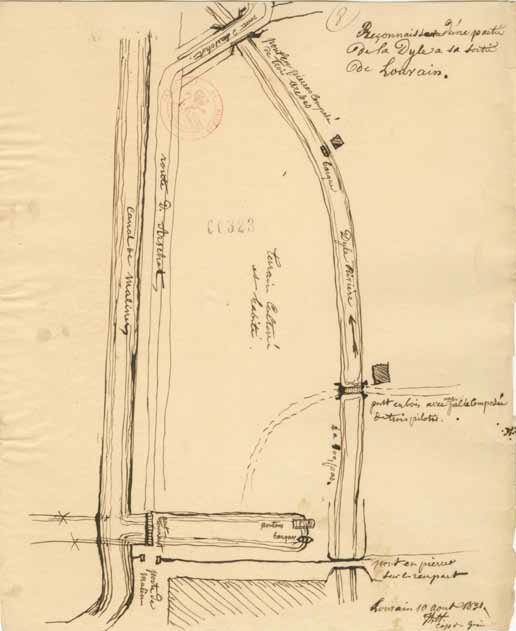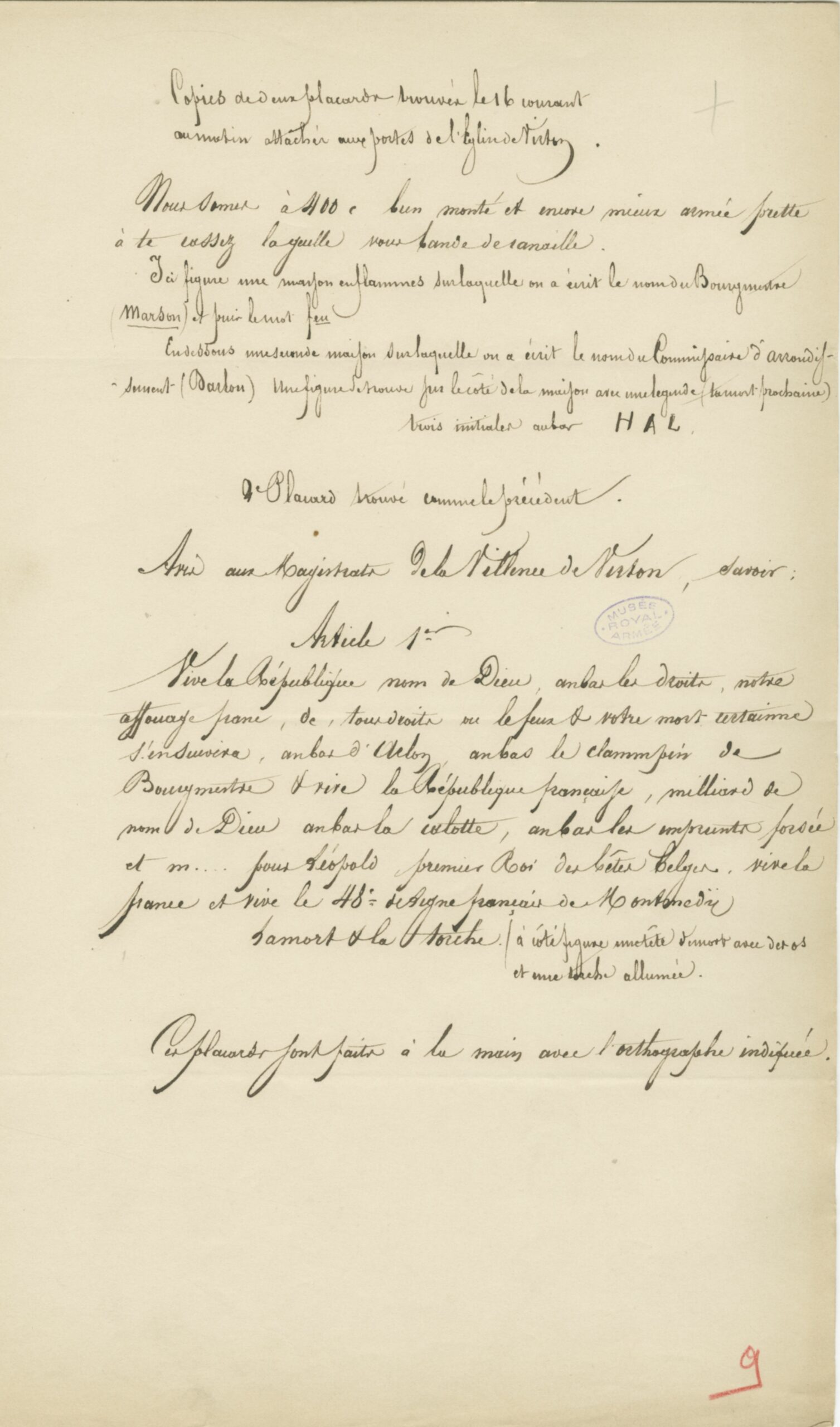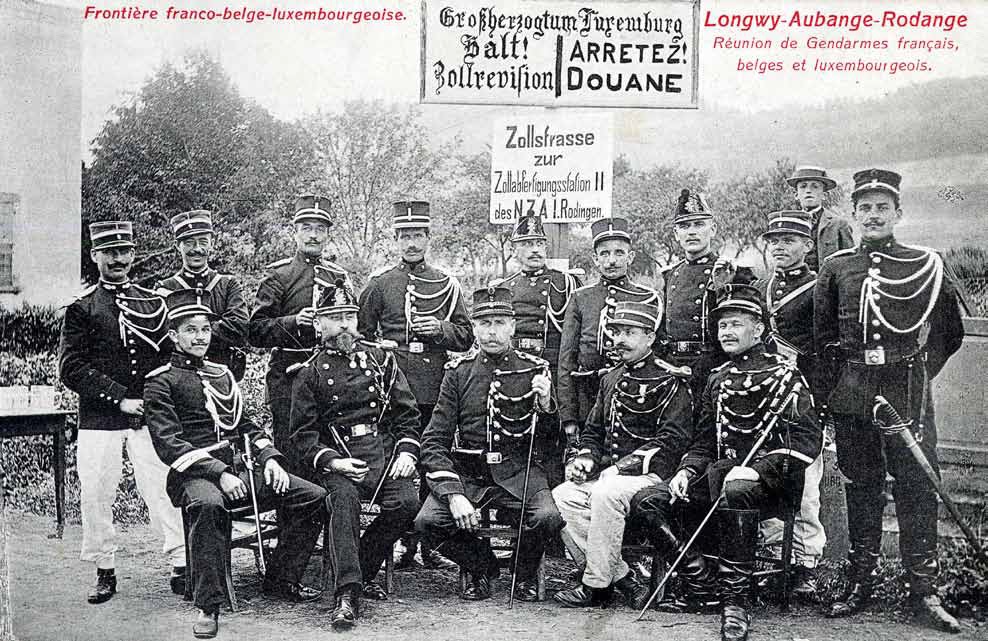| In 1881 become, within the Ministry of War, two offices were established, charged with gathering intelligence: | In 1881 two services were created within the Department of War: | Towards 1881, lack of General Staff, tasks relating to intelligence collection are centralized within the Ministry of War and form the following services: |
- 11st Directorate “Operations-Instructions” – 2nd Sub-Directorate “Instructions” – 6th Bureau “Intelligence on Foreign Armies” (Information on Foreign Armies);
- 11st Directorate “Operations-Instructions” – 2nd Sub-Directorate “Instructions” – 5th Bureau “Studies of military history and geography” (Work on military history and geography).
| - 1st Direction “Operations-Instructions” – 2nd Sub-direction “Instructions” – 6th Office “Intelligence on foreign armies”;
- 1st Direction “Operations-Instructions” – 2nd Sub-direction “Instructions” – 5th Office “Studies of military history and geography” (Work on military history and geography).
| - 11st “Operations-Instructions” Directorate – 2nd “Instructions” Sub-Directorate – 6th “Intelligence on Foreign Armies” Bureau;
- 11st “Operations-Instructions” Directorate – 2nd “Instructions” Sub-Directorate – 5th “Military History and Geography Works” Office.
|
| In 1886 wants the “Corps d'Etat-Major” by Ministerial Decree, the head of which depends directly on the Ministry of War, establish an “intelligence” department (3the section). However, this decision is not approved by King Leopold II. | In 1886, the army wanted to create, by Ministerial Decree, an “Intelligence Department (3rd Section) within the General Staff, whose head was under the direct authority of the Department of War. However, King Leopold II did not agree. | In 1886, we wish to create by Ministerial Decree an “Intelligence” department (3and section) within the General Staff, whose head reports directly to the Ministry of War. But King Leopold II refuses to give his approval. |
| By Royal Decree of 26 June 1910 an Army General Staff is established. The new body includes four offices, of which the 2nd office is responsible for Intelligence. | The Royal Decree of 26th June 1910 established the General Staff of the Army. The newly created body consisted of four offices, including the 2nd Office, which was responsible for Intelligence. | The Royal Decree of 26 june 1910 gives birth to the Army General Staff. This new body includes four offices, whose 2nd Office is responsible for the Intelligence part. |
| Begin 1911 a service is set up by the 2nd Intelligence Bureau to keep an eye on the borders (Border Surveillance and Intelligence Service) and which is composed of 300 posts manned by local gendarmes, customs officers and forest rangers. | In the beginning of 1911, the 2nd Office “Intelligence” established a service in charge of monitoring the borders (Border Surveillance and Intelligence Service), where 300 local gendarmes, custom officers and forest rangers were employed. | Beginning 1911, the 2nd “Intelligence” Office activates the service responsible for monitoring the borders (Border Surveillance and Intelligence Service) and which consists of 300 positions filled by gendarmes, customs officers and local forest guards. |


